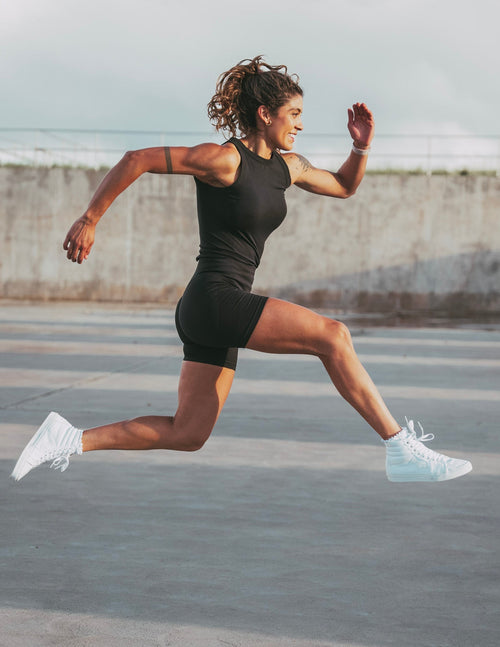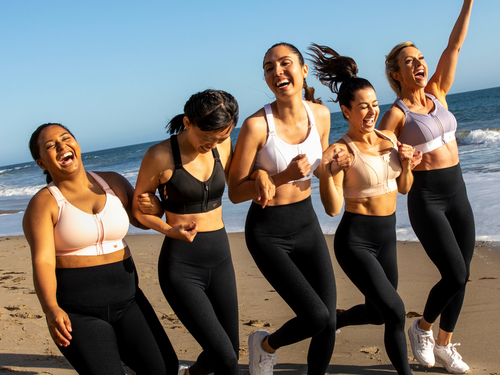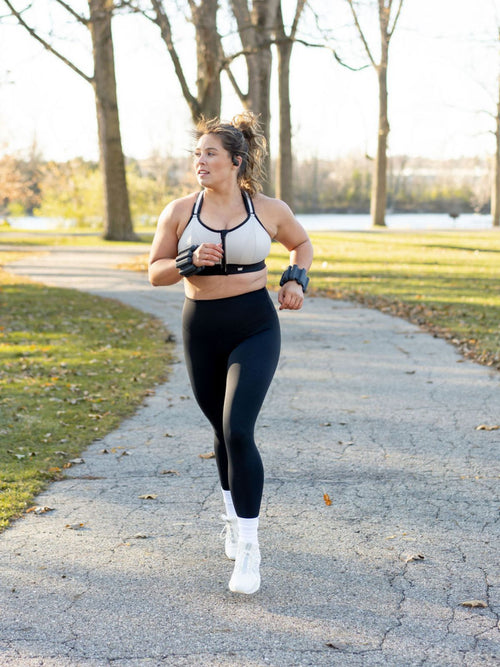15% Off Gift Cards! Shop Now

Previously, on the Shefit blog, we focused on loving yourself and your body—including your boobs. No matter what shape or size your twins may be, your boobs are uniquely yours, and you should love them for that reason. So, why not educate yourself on proper breast care?
1 in 8 women will be diagnosed with breast cancer in their lifetime, making breast cancer the most common type of cancer in women. Each year 230,000 women in the United States are diagnosed with breast cancer, but if detected early, the 5-year breast cancer survival rate is 100 percent
One of the most common ways to detect breast cancer is by performing a self-examination on the girls. Read below to educate yourself on the lifesaving process:
Who? What?
Women over the age of 20 years old should perform self-exams—the earlier the better.
When?
Women should perform self-exams at least once a month, and preferably after their menstrual period when breasts aren’t tender or swollen.
Where?
Women can self-examine the twins in three locations or positions: In the shower, in front of the mirror and/or lying down.
Why?
According to the John Hopkins Medical Center, “Forty percent of diagnosed breast cancers are detected by women who feel a lump, so establishing a regular breast self-exam is very important.”
Clinical breast exams such as mammograms can help women detect cancer before a lump is felt by self-examination. However, self-exams are just as critical as clinical exams because they help women become familiar with their breasts at their normal and healthy state. By conducting self-exams, women will be able to detect any abnormalities with their breasts that could raise red flags.
If any abnormalities are apparent, women should contact their healthcare provider. Keep in mind that if you do feel a lump in your breast that does not mean that it’s cancer-related, but you should still contact a professional. Educate yourself on boob facts and myths, as it relates to breast cancer.
How?
If you’re in the shower: Place the pads of your fingers on your breasts and move your fingers in a circular pattern. Start on the outer edges of the breast and work your way to the center. Make sure to check the entire breast and armpit area. Be on the lookout for lumps, thickening or knots. If you notice these or experience any changes in your breasts, contact your healthcare provider.
If you’re in front of a mirror: Start with your arms at your side, then raise your arms over your head. Look for any swelling, dimpling of the skin or changes to the nipple. Next, place your hands on your hips and flex your chest muscles. Also, look for any swelling, dimpling of the skin or changes to the nipple. If you notice these or experience any changes in your breasts, contact your healthcare provider.
If you’re lying down: Place a pillow under your right shoulder and place your right arm behind your head. Conduct a breast exam with your left hand the same way you would if you were in the shower. Do this by placing the pads of your fingers on your breasts and move your fingers in a circular pattern. Start on the outer edges of the breast and work your way to the center. Use light, medium, and firm pressure. Squeeze the nipple and check for discharge. Nipple discharge can be bloody, or clear, not milky. This usually occurs in only one breast. Repeat these steps on your left breast.
Want to learn more about early breast cancer detection? Visit earlydetectionplan.org, to further educate yourself and to create your early detection plan.
























